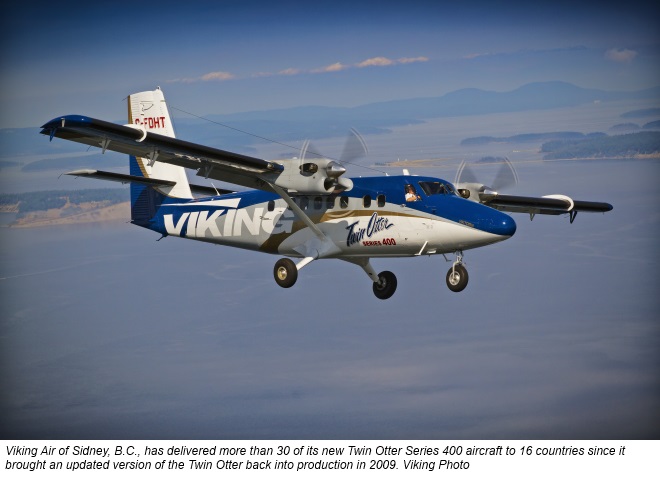Estimated reading time 5 minutes, 10 seconds.
Canada is the world’s fifth-largest aerospace nation. According to the Emerson report, 700 companies employ 66,000 people and sell $22 billion of products a year, 80 per cent of which is exported. Bombardier is the third-largest aircraft manufacturer and the reason why Montreal is the third-largest global aerospace hub, after Seattle and Toulouse.
Regionally, while Quebec accounts for 46 per cent (by GDP) of Canadian aerospace and Ontario has 27 per cent, Western Canada accounts for 20 per cent. Winnipeg follows Montreal and Toronto as Canada’s third-busiest aerospace centre. The remaining seven per cent is found in Atlantic Canada.
Efforts are underway to promote and develop the Western Canadian aerospace industry. In May, the Western Aerospace Conference brought together delegates from Manitoba, Saskatchewan, Alberta and British Columbia, for the purposes of exploring future business opportunities. Held in Winnipeg, large companies were on hand to present contract opportunities to third and fourth tier SMEs (small and medium enterprises).
Manitoba has three large aerospace companies (Boeing, Magellan and Standard Aero), with an additional 15 SMEs working within their own niches. Boeing recently announced a 14,000 square metre (150,000 square foot) plant expansion to accommodate the work it won for the new B737 Max aircraft family; it was already at capacity with its B787 work. Magellan (formerly Bristol) delivered its first F-35 tail assembly last fall and is a partner in building the Radarsat satellites, while celebrating the 50th anniversary of its Black Brant rocket line. Standard Aero has many initiatives under way, but one example is its partnership with GE for the engine test facility at Winnipeg International Airport. Manitoba is focused on working with its SMEs to develop supplier networks. Its Technology Roadmapping program highlights the province’s composites capabilities as an example of developing a niche. Manitoba is also exploiting its natural advantage in becoming the centre for cold weather testing, with both the Thompson and Winnipeg engine testing centres adding year-round programs.

For its part, Saskatchewan is a space leader, with SED Systems serving the global satellite communications sector. The aerospace industry is emerging there as well, with ongoing initiatives in supplier development and training.
Aerospace in Alberta is already merged with aviation and airport operations through the Aviation Alberta association. Its 170 companies do $1.3 billion of business annually. It is more focused on the defence and security side, and particularly on in service support (ISS) work, while developing niches in robotics and unmanned vehicle systems. Alberta’s focus has been on productivity and competitiveness enhancement.
British Columbia reported on its large member companies, including: Cascade in MRO, specializing in C-130 airframe maintenance; Conair in aerial fire-fighting, with its latest project converting Avro RJ85 jets to tankers; Kelowna Flightcraft, already into everything, has now added military flight training through Allied Wings; Viking of Sidney is an OEM, producing a new Twin Otter 400 every 12 days.

At the Western Aerospace Conference, Martin Vezina of Deloitte and Touche discussed the future outlook of Canadian aerospace, describing how supply chains are evolving from OEMs with many suppliers, to new programs being developed by an OEM together with a small number of risk-sharing partners, who are responsible for integrating and delivering whole sub-systems.
Many developing countries now have state-supported emerging aerospace sectors. To compete on a global scale, said Vezina, our companies need to move up the supply chain with value-added products, so procurement decisions are less subject to competition on price alone. Technological leadership will lead the charge when it comes to these value-added products.
This is a golden moment for Canadian aerospace, from emerging technologies to federal support for “economic diplomacy.” Nevertheless, the challenges of staying on the leading edge of technology, while coping with environmental necessity and the realities of global competition, will keep Canadian aerospace on its toes.








